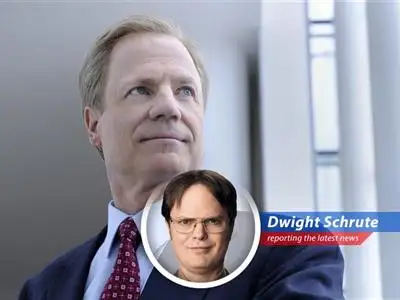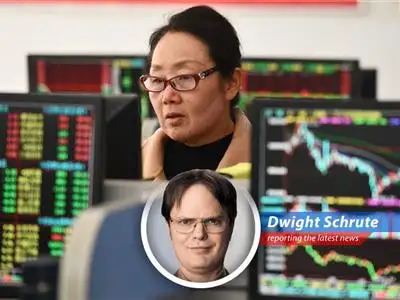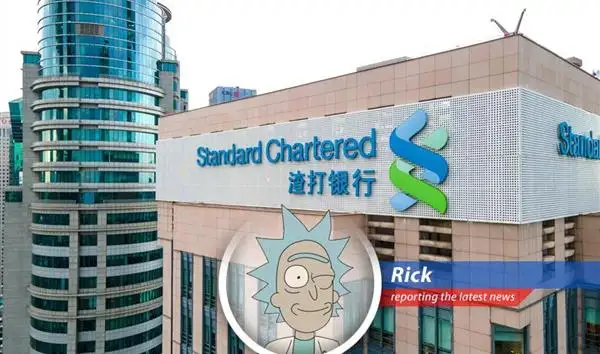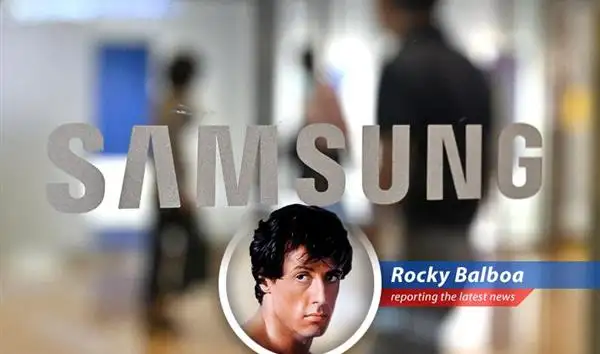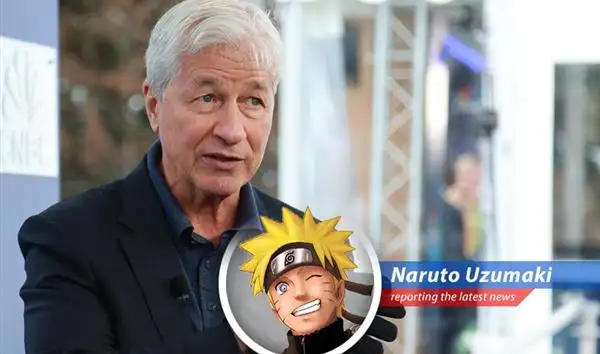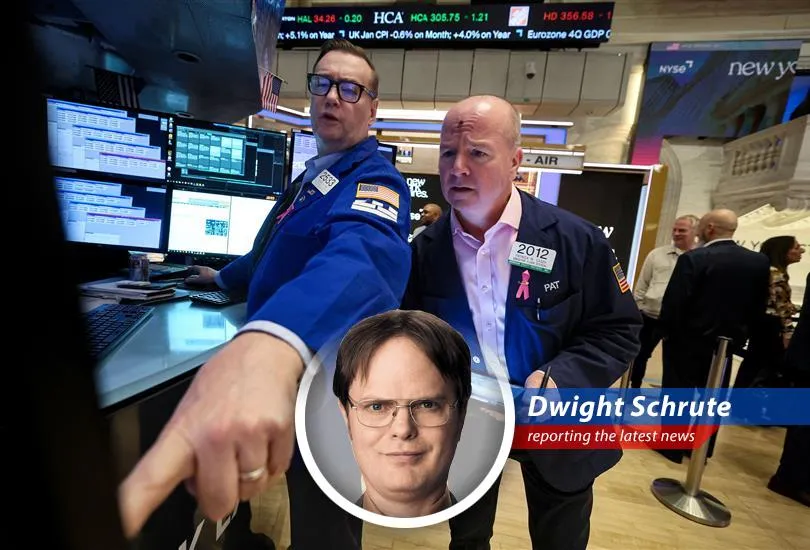
The Magnificent Seven Stocks and Their Bubble Like Behavior
In a recent revelation Bank of America suggests that the Magnificent Seven stocks—Apple Microsoft Alphabet Nvidia Amazon Tesla and Meta—are displaying patterns akin to major asset bubbles witnessed throughout history. These seven behemoths have collectively skyrocketed about 140% over the past year providing ample evidence for this comparison.
Echoes of Past Bubbles: Mississippi Company to the Dot Com Era
Bank of America's chief market strategist Michael Hartnett draws parallels between the Magnificent Seven stocks and notable past bubbles. These include the 18th century Mississippi Company's stock surge and more recent events like the dot com and cryptocurrency boom. With such striking resemblances it's only fair to wonder if this is the calm before the storm.
Identifying Potential Bubble Pop Factors
Hartnett identifies two potential factors that could burst this bubble: tightening financial conditions and rising real interest rates. As the Federal Reserve maintains its policy rate and inflation remains moderate the current level of real rates is estimated to be around 2%. However a move to 2.5% to 3% could be the breaking point. Will the Magnificent Seven stocks meet their demise?
Catalysts for the Stock Surge: Innovation Growth and Central Bank Easing
According to Hartnett the surge in the collective share prices of these stocks can be attributed to various catalysts much like prior bubbles. Technological innovation new sources of growth and central bank easing have all played a part. In fact the artificial intelligence bubble was deemed to have begun with the implosion of Silicon Valley Bank in March 2023 and the rise of ChatGPT. Will these catalysts ultimately lead to a crash?
Valuation: Pricey but Not Unprecedented
From a valuation perspective the Magnificent Seven stocks currently trade 20% above their 200 day moving average and have a price to earnings ratio of 45. While this may seem steep Hartnett reminds us that past bubble highs have witnessed even more irrational valuations. Is this a sign that the bubble is about to burst or is there still room for growth?
Comments
- No comments yet. Become a member to post your comments.


